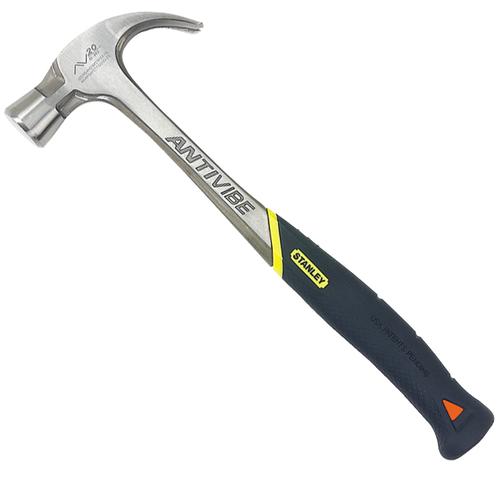SuPrBuGmAn
Contributor
I've used several pnuematic cut-off wheels UW with great success, aside from saltwater corroding the ever living piss out of them.
If we're talking freshwater, I'd look for a pneuatic tool and run it off a spare tank and 1st stage. In my actual experience, they work great.
If we're talking freshwater, I'd look for a pneuatic tool and run it off a spare tank and 1st stage. In my actual experience, they work great.





